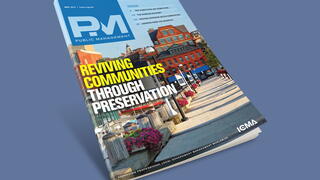
Historic preservation is a strong tool for urban regeneration.
Hudson’s digital innovations to advance economic prosperity and provide better government services is being recognized locally and globally.
Examine economic development practices, including economic development funding activities, business retention, business attraction, and more.
Examine economic development practices, including economic development funding activities, business retention, business attraction, and more.


